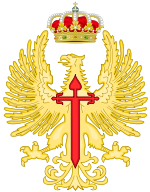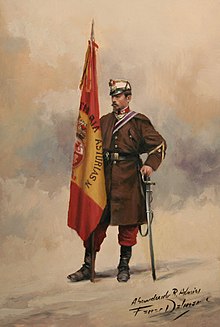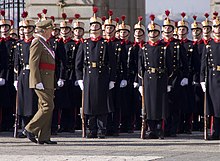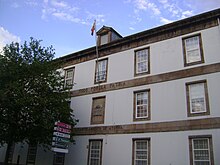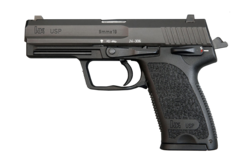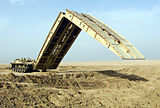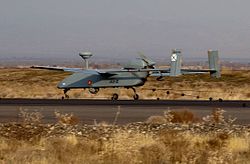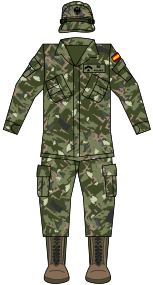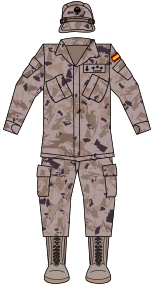A division is a large military unit or formation, usually consisting of between 10,000 and 25,000 soldiers. In most armies, a division is composed of several regiments or brigades; in turn, several divisions typically make up a corps.

A regiment is a military unit. Its role and size varies markedly, depending on the country, service, or specialisation.
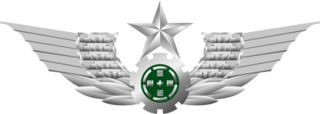
The People's Liberation Army Ground Force (PLAGF), also referred to as the PLA Army, is the land-based service branch of the People's Liberation Army (PLA), and also its largest and oldest branch. The PLAGF can trace its lineage from 1927 as the Chinese Red Army; however, it was not officially established until 1948.
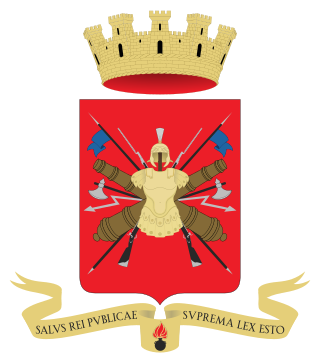
The Italian Army is the land force branch of the Italian Armed Forces. The army's history dates back to the Italian unification in the 1850s and 1860s. The army fought in colonial engagements in China, Libya, Northern Italy against the Austro-Hungarian Empire during World War I, Abyssinia before World War II and in World War II in Albania, Balkans, North Africa, the Soviet Union, and Italy itself. During the Cold War, the army prepared itself to defend against a Warsaw Pact invasion from the east. Since the end of the Cold War, the army has seen extensive peacekeeping service and combat in Afghanistan and Iraq. Its best-known combat vehicles are the Dardo infantry fighting vehicle, the Centauro tank destroyer and the Ariete tank and among its aircraft the Mangusta attack helicopter, recently deployed in UN missions. The headquarters of the Army General Staff are located in Rome opposite the Quirinal Palace, where the president of Italy resides. The army is an all-volunteer force of active-duty personnel.
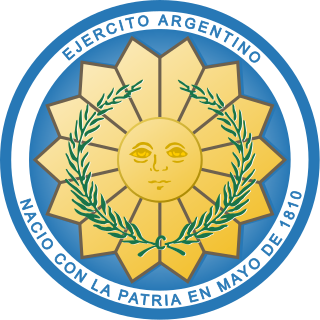
The Argentine Army is the land force branch of the Armed Forces of the Argentine Republic and the senior military service of Argentina. Under the Argentine Constitution, the president of Argentina is the commander-in-chief of the Armed Forces. Command authority is exercised through the Minister of Defense.

The Marine Infantry is the naval infantry branch of the Spanish Navy responsible for conducting amphibious warfare. Fully integrated into the Spanish Navy's structure, the branch's history dates back to 1537 when Charles V, Holy Roman Emperor formed the Compañías Viejas del Mar de Nápoles, making it the oldest marine unit in existence.

The Mexican Army is the combined land and air branch and is the largest part of the Mexican Armed Forces; it is also known as the National Defense Army.

The Paraguayan Army is the ground force branch of the Armed Forces of Paraguay. It is organized into three corps and nine divisions, and several commands and direction. It has gone to war on many occasions, notably in the War of the Triple Alliance (1864–1870) against Brazil, Argentina and Uruguay; the Chaco War against Bolivia; and the ongoing Paraguayan People's Army insurgency.
The 3rd Army Corps was a corps-sized military formation of the French Army that fought during both World War I and World War II, and was active after World War II until finally being disbanded on 1 July 1998.

The Peruvian Army is the branch of the Peruvian Armed Forces tasked with safeguarding the independence, sovereignty and integrity of national territory on land through military force. Additional missions include assistance in safeguarding internal security, conducting disaster relief operations and participating in international peacekeeping operations. It celebrates the anniversary of the Battle of Ayacucho (1824) on December 9.

The Bolivarian Army of Venezuela, is the land arm of the National Bolivarian Armed Forces of Venezuela. Also known as Bolivarian Army, its role is to be responsible for land-based operations against external or internal threats that may put the sovereignty of the nation at risk. The army is the second largest military branch of Venezuela after the Bolivarian Militia.

The Bulgarian Land Forces are the ground warfare branch of the Bulgarian Armed Forces. It is administered by the Ministry of Defence, previously known as the Ministry of War during the Tsardom of Bulgaria. The Land Forces were established in 1878, when they were composed of anti-Ottoman militia (opalchentsi) and were the only branch of the Bulgarian military.
Pentomic was a structure for infantry and airborne divisions adopted by the US Army between 1957 and 1963, in response to the potential use of tactical nuclear weapons, on future battlefields. It was intended that the five subordinate units, which were often referred to as battle groups, would be able to deploy and engage in operations more rapidly than conventional brigades while also having greater offensive capabilities than conventional battalions.
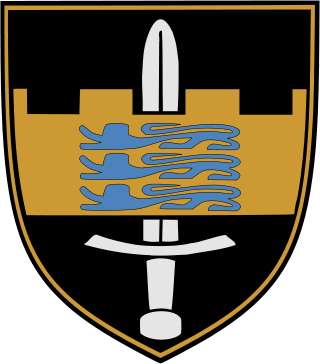
The Estonian Land Forces, unofficially referred to as the Estonian Army, is the name of the unified ground forces among the Estonian Defense Forces where it has an offensive military formation role. The Estonian Land Forces is currently the largest Estonian military branch, with an average size of approximately 6,000 soldiers, conscripts, and officers during peacetime.

The Dominican Army, is one of the three branches of the Armed Forces of the Dominican Republic, together with the Navy and the Air Force.

The Yugoslav Ground Forces was the ground forces branch of the Yugoslav People's Army (JNA) from 1 March 1945 until 20 May 1992 when the last remaining remnants were merged into the Ground Forces of the new Federal Republic of Yugoslavia, under the threat of sanctions.
Esperanza y Cia, SA (Ecia) was a defense equipment manufacturer based in the city of Markina-Xemein in province of Vizcaya, Basque Country, Spain. From its origins, Ecia had focused primarily on the design and manufacture of mortars and their ammunition.
The structure of the Spanish Army as of April 2023 is as follows:

The Museo Histórico Militar de Cartagena is a military museum dedicated to Spanish Army History. It is located in Cartagena, Spain

The Cuban Revolutionary Army serve as the ground forces of Cuba. Formed in 1868 during the Ten Years' War, it was originally known as the Cuban Constitutional Army. Following the Cuban Revolution, the revolutionary military forces was reconstituted as the national army of Cuba by Fidel Castro in 1960. The army is a part of the Cuban Revolutionary Armed Forces which was founded around that time.
